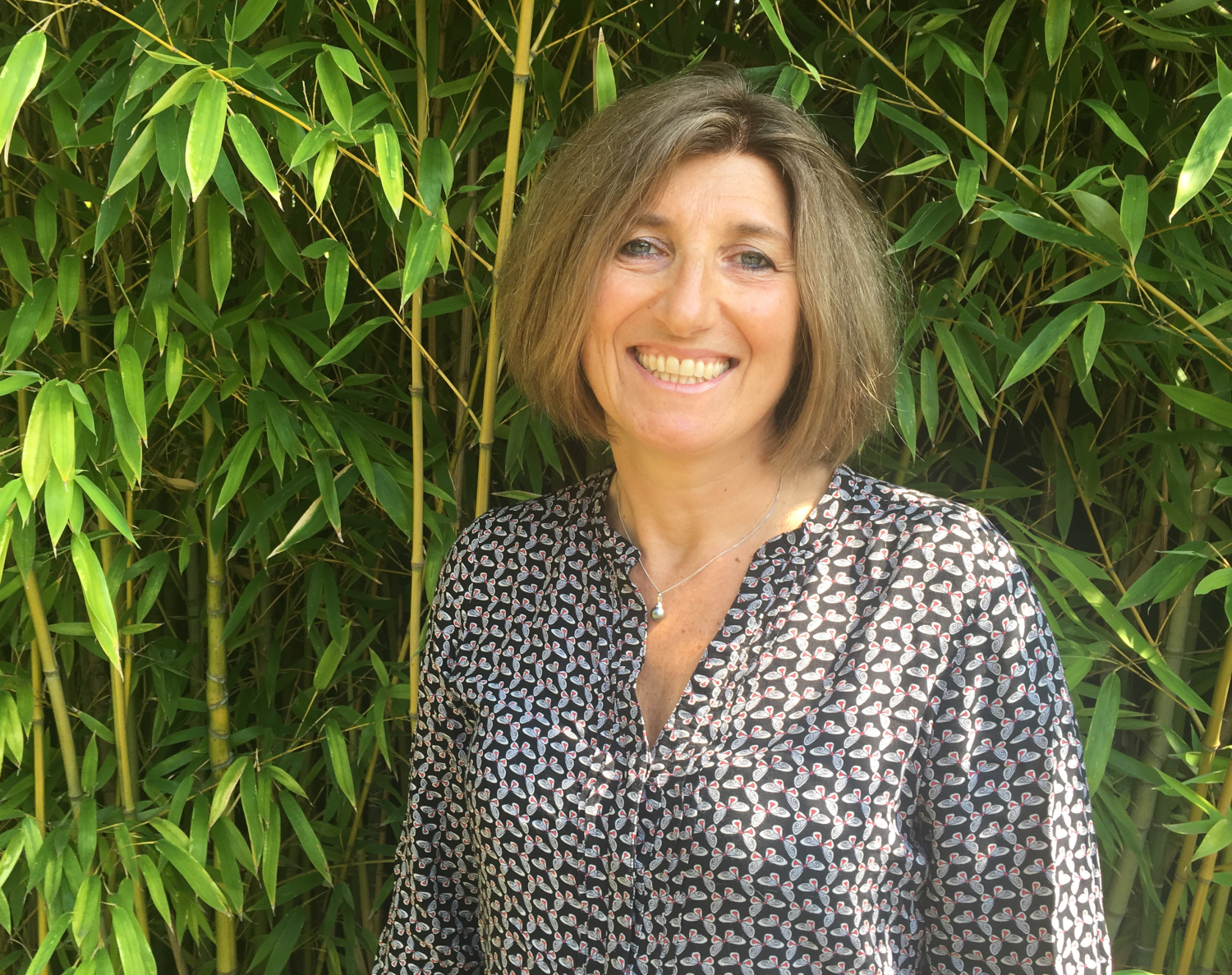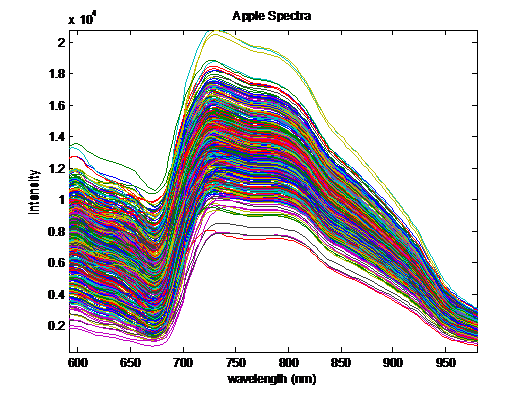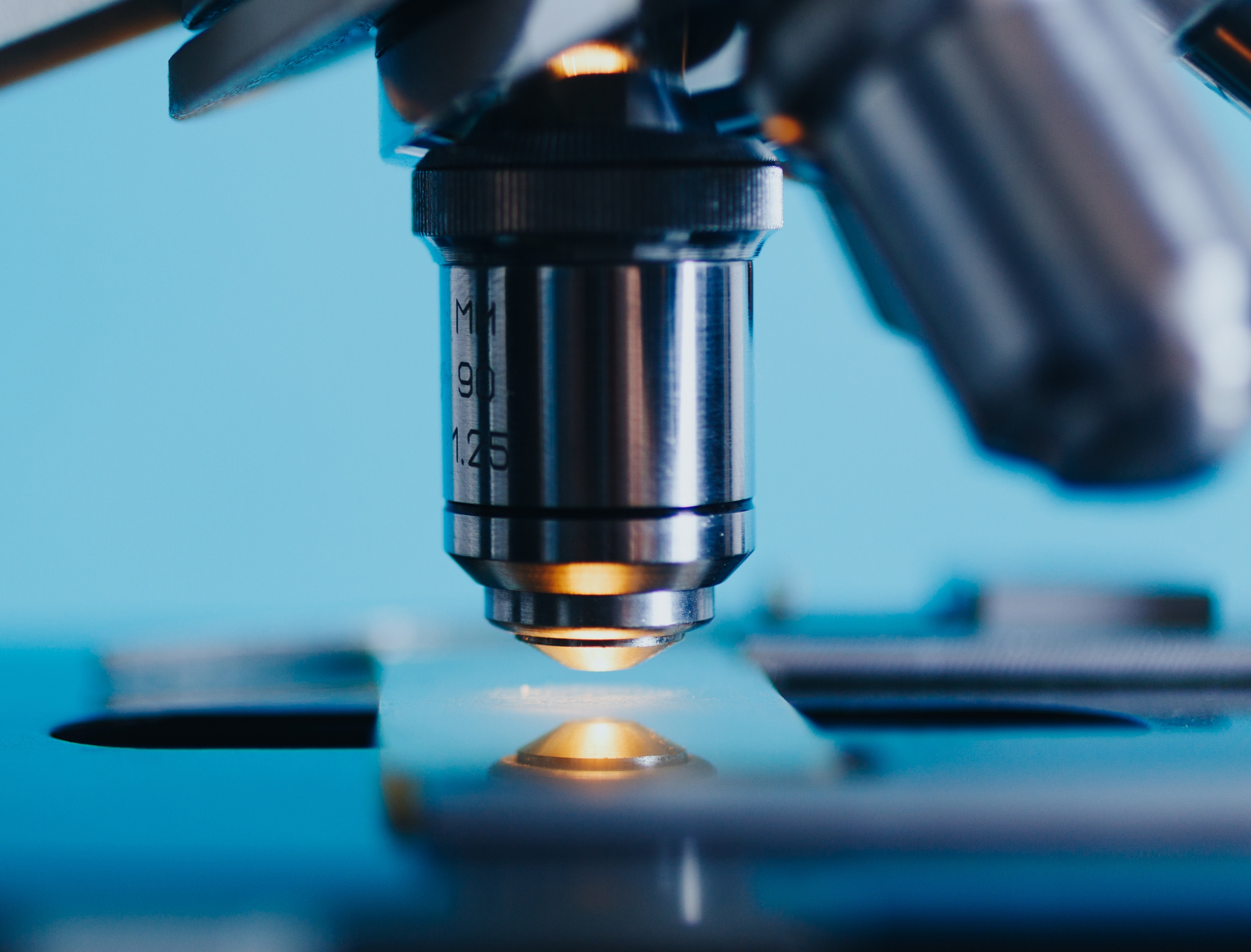No, employees are not afraid of digital transformation
This article was originally published (in French) on The Conversation. By Emmanuel Baudoin, Institut Mines-Télécom Business School.
[divider style=”normal” top=”20″ bottom=”20″]
[dropcap]T[/dropcap]he 2019 edition of the study (in French) “French employees in the age of digital transformation” conducted by the HRM Digital Lab at Institut Mines-Télécom Business School shows that French employees are not afraid of digital transformation, and some even hope to see their company take greater steps towards it.
This study was conducted on a representative sample of just over 1,000 French employees and was managed by Opinion Way with support from CFA-EVE and the Essonne ANDRH (French Association of Human Resources Directors). An additional study was carried out with 100 decision-makers in the private sector, located in the Paris region, in order to collect their perceptions of digital transformation in their companies.
A multi-facetted transformation
The first finding is that 90% of the employees report that digital technology has had an impact on their job. This figure is unquestionable. However, it covers a wide variety of different situations. 48% of these employees consider that digital technology has had a great impact on their job while 42% say that it has just had a moderate impact, if any. As an illustration of the wide variety of situations, when asked how important digital technology was to their work, 11% said digital technology represented the core part of their work, 35% said digital technology represented a significant part of their work, 32% said digital technology was used only to support their work, 14% said digital technology was little-used in their work and 9% said that they did not use digital technology at all in their work.
The interviews carried out with decision-makers from companies of all sizes and industries told the same story – digital technology is here to stay. 98% of those interviewed said digital technology has had an impact on their company. 65% consider that it has had a strong impact, while 11% feel that it has had a minor impact, if any. They report that all company processes have been affected: customer experience, supply chain management, administrative process management, the way products and services are developed, the way work is organized, the approach to managing teams, and employee experience.
Employees have a relatively high digital maturity level
Far from being pessimistic about the impact digital technology has had on their job, 84% of the employees say that it is making their work more interesting or that it has not had a major impact on their work. When asked to choose a response that describes their relationship with digital technology, 43% chose a very positive response, 47% chose a neutral response, while 11% chose a negative response. Another significant finding was that 40% hope their companies will go further in their digital transformation while 13% do not.
This overall positive perception of digital technology contributes to employees’ digital maturity level. This level can be defined as an employee’s overall relationship with digital technology at work, their perceived level of proficiency with digital technology, and the extent to which they use it to carry out their work activities.
As far as perceived level of proficiency is concerned, 61% consider that they have a very high or high level of proficiency, whereas 6% say that they have a low or very low level. At the same time, they are aware of their potential for improvement. 62% of respondents felt that they wasted time every day due to a lack of proficiency in certain digital skills.
A final point of interest is that the results also confirm that a new type of employee has emerged, one who can be called a ‘self HR employee,’ as identified in the first edition of this study. These ‘self HR’ employees take advantage of digital technology for a wide variety of purposes, including to learn independently and develop their skills, which means that they engage in informal digital learning. They also implement strategies to enhance their employee brand or even sell their skills.
French employees are optimistic about the digital transformation! (Emmanuel Baudoin on Xerfi canal, 2019).
[divider style=”normal” top=”20″ bottom=”20″]
Emmanuel Baudoin, Associate Professor in HR, Institut Mines-Télécom Business School
The original version of this article (in French) was published on The Conversation under a Creative Commons license. Read the original article.













